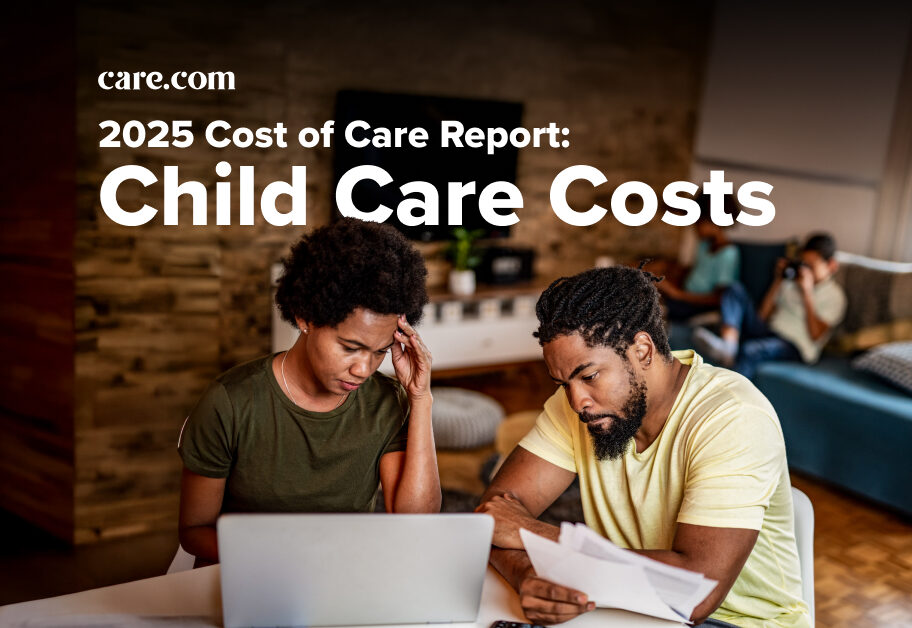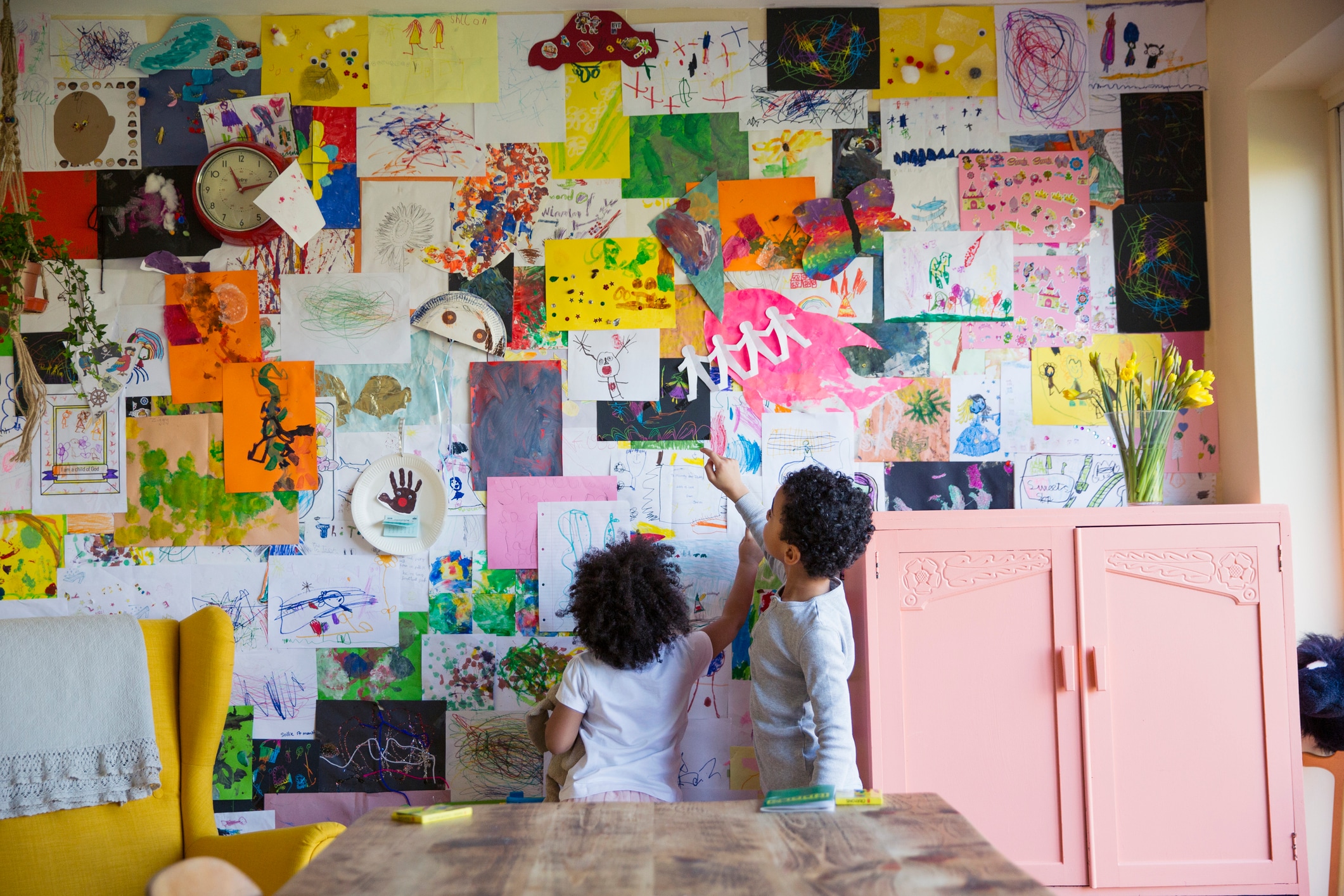Many parents find it extremely stressful to send their little ones off to preschool. But what about the children themselves? Does simply being in a classroom for the first time cause them stress — even at such an early age?
Apparently, the answer is a resounding “Yes.” But a recent study, led by researchers from Oregon State University and the University of Virginia, has identified one significant — and somewhat common-sense — way in which teachers can help: by developing closer relationships with their students.
According to OSU’s press release about the study, roughly 61 percent of children under 5 years old spend time in child care and preschool-like programs. Previous studies have shown that the time spent in such educational settings may actually increase children’s stress, which can lead to disruptive classroom behavior later on. Additionally, students who experience frustration or difficult relationships with their teachers in preschool have “decreased academic success in kindergarten, and their challenging behaviors may increase in intensity as they get older.”
And these teacher-student relationships became the inspiration for the OSU-UVA study. Researchers Bridget Hatfield, assistant professor at Oregon State University and lead author on the study, and Amanda Williford, research associate professor at the University of Virginia and co-author of the study, launched the study to determine whether an intervention to improve teacher-child interactions could reduce stress levels in the children with challenging behaviors. And what they discovered was that it did! Specifically, they found
that a school-based intervention that emphasized “warm and caring interactions” between a preschool teacher and pupils actually DID reduce preschoolers’ cortisol levels, which are well-known indicators of stress.
The Study’s Methodology
The study observed the interactions between 70 teachers and 113 children, who were divided into three groups: one group was made the control, “Business as Usual” group and had no changes made to their routines; a second group was assigned to the “Child Time” intervention; and a third group was assigned to the “Banking Time” intervention.
The “Child Time” intervention involved the child and teacher engaging in one-on-one playtime, but the teacher wasn’t given any particular instructions from consultants as to how she should interact with or speak to the student. According to the release, the “‘Banking Time’ intervention is a much more formal intervention, designed to foster sensitive, responsive interactions between a teacher and a child, creating a relationship the child and teacher can use as a resource during times of challenge in the classroom.”
“When you ‘bank time’ with a child and that relationship, you’re building equity,” Hatfield said. “Then if a conflict arises, you can make a withdrawal.”
As with the “Child Time” intervention, the “Banking Time” intervention involved the child and teacher playing together one-on-one. However, for this intervention, “consultants directed the teachers in key elements of the program: allowing the child to lead the play sessions, carefully observing and narrating the child’s behavior, describing the child’s positive and negative emotions, and being available as an emotional resource.”
In order to test the children’s stress levels, the researchers took samples of their saliva to measure the amount of cortisol present — which is an indicator of stress.
The Study’s Findings
According to the release, researchers found that the children in the “Banking Time” intervention showed decreases in their cortisol levels, compared to the “Business as Usual” group. And although the children in the “Child Time” intervention showed some improvements as a result of the one-on-one time they received from their teachers, the changes were not nearly as significant as for those in the “Banking Time” group.
In the press release, Prof. Hatfield explains that
these findings highlight “the importance of the relationship between child and teacher, and underscore the value of warm and caring interactions, including one-on- one play time between a child and his or her teacher.” She did acknowledge that additional research will be needed to see the full effects of the “Banking Time” intervention, and to identify what exactly the positive impact on the relationship is.
Going off of the findings of the study, Prof. Hatfield also made a recommendation for teachers. “Spending even five minutes, once a week in a one-on-one with a child can help you get to know them, what they think and what they might be interested in. That investment could pay off during a challenging time later on. It’s the quality of the time that matters.”
The study was published in the journal, Prevention Science. If you’d like to read the full report, click here.





